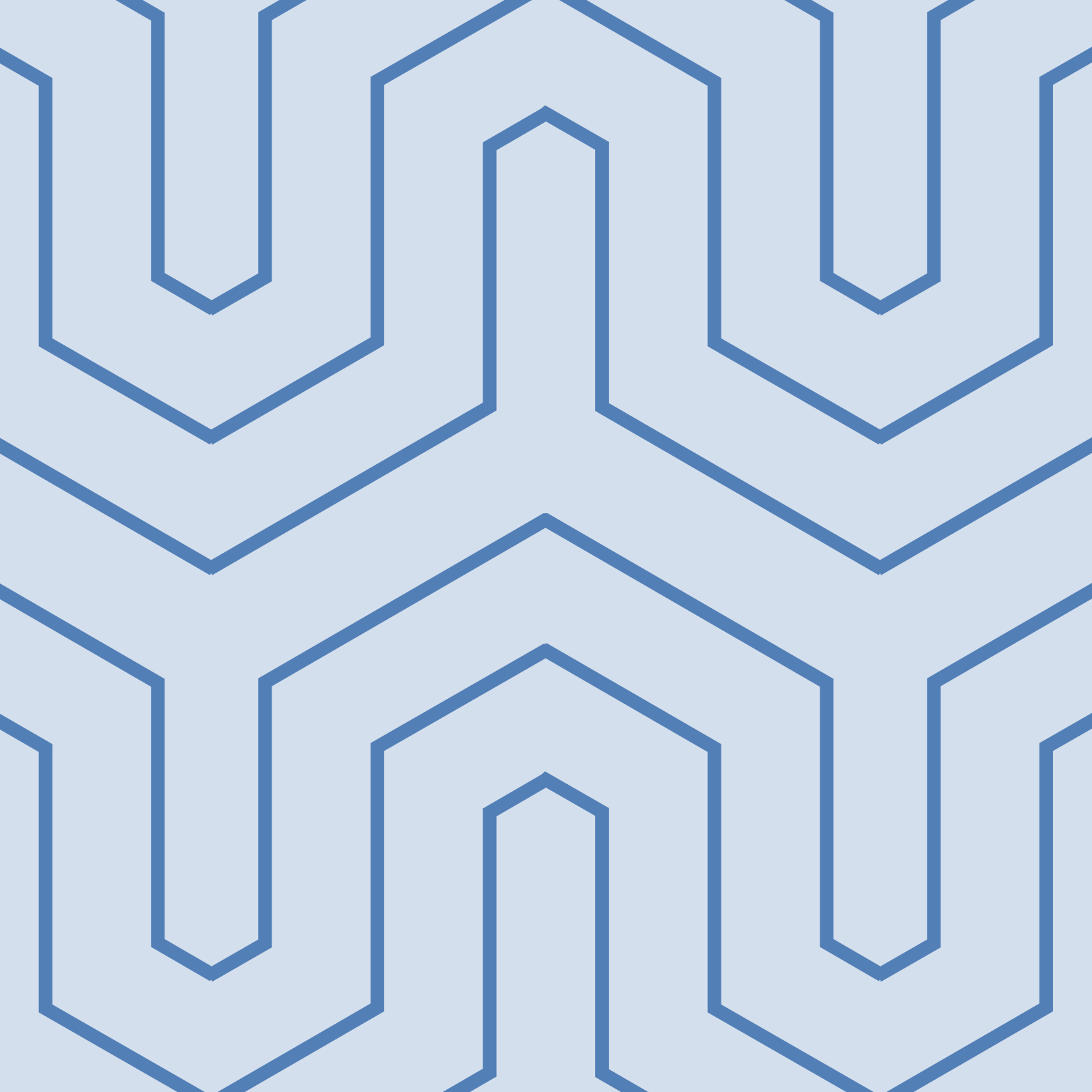Islamic modest fashion gaining market share in India’s $110 bln retail apparel industry
India’s retail clothing and footwear market was valued at around $110 billion in 2015 and is expected to grow at a CAGR of over 10 percent to reach $105 billion by 2019. Of this aggregate, India’s 170 million Muslims spent an estimated $11 billion on clothing in 2015. With the emergence of Islamic modest fashion brands such as East Essence, what opportunities are there for new players to enter India’s Islamic modest fashion market?
| YOUR PAIN POINTS ADDRESSED | ASK YOURSELF | |
| Scenario: You manufacture modest clothing and are seeking to launch a brand in India targeting its large Muslim population. |
What are the opportunities to launch an Islamic modest fashion brand in India? |
What is the growth profile of India’s retail clothing market, and who are the key players? |
| How attractive is the Muslim market for Islamic modest fashion in India, and who are the key players addressing Muslim demand? | ||
| What are the key considerations and challenges in addressing this opportunity? | ||
Textiles is a high-growth and major industry in India, estimated at about $108 billion (pdf) in 2015. The market is projected to grow by 12.8 percent CAGR to reach $223 billion by 2021. The industry is the second largest employer after agriculture, and contributes exports valued at $41.4 billion, or 11 percent of total exports. This is projected to reach $65 billion by the end of this year.
The retail clothing and footwear market in India is estimated at $110 billion in 2015, based on national statistics and BMI estimates, and is projected to grow by over 10 percent to reach $197 billion by 2020. This is driven by the emergence of a brand-conscious middle class as well as the proliferation of e-commerce sites and shopping malls. The market for retail clothing is largely fragmented but several leading companies have emerged across the landscape for textile manufacturing, brands, and fashion retail.

Photo: Employees work inside a garment factory in Mumbai, India, June 1, 2016. REUTERS/Danish Siddiqui
| INDIA TEXTILE INDUSTRY KEY PLAYERS | |||
|
Largest textile manufacturer: Arvind Limited, owned by the Lalbhai Group Manufactures cotton shirting, denim, knits, and bottom weight (khakis) fabrics. India’s largest denim manufacturer World’s 4th largest producer and exporter of denim $854 million in revenues in 2015 |
Leading fashion company: Madura Fashion & Lifestyle, a subsidiary of the conglomerate Aditya Birla Group $785 million estimated revenues in 2015 Owns close to 1,300 outlets and over 300 department stores in India Manufactures clothing under several leading brand names, including Van Heusen, Louis Philippe, Sally England, and People, according to Van Heusen India’s website |
Future Lifestyle Fashion Limited has a wide portfolio of brands including Lee Cooper, John Miller, Jealous 21, Scullers, and Indigo Nation $512 million revenues in 2015
|
Raymond Limited produces clothing under several leading brands including ColorPlus, and Park Avenue $335 million estimated revenues in 2015 |
MUSLIM DEMAND
India’s 172 million-strong Muslim population spent an estimated $11 billion on clothing in 2015, and this is expected to grow at a CAGR of 13 percent to reach $20 billion by 2020.
There is a need among India’s Muslims for modest clothing, and the demand is set to increase with population growth, urbanization, and a younger, more brand-conscious demographic.
Several online portals have been launched over the last three years in India to address the growing demand for trendy, modern modest fashion clothing products. These include EastEssence, Islamic Attire, and Islamic Shop.
MODEST FASHION COMPANIES
EastEssence was established in 2007 in the United States but in 2015 it entered the Indian market by establishing a partnership with India’s leading e-commerce platform Snapdeal. It has plans to establish a manufacturing base in India and provide low-cost modest fashion products globally. The company has a broad range of items, including abayas, jilbabs, burqas, thobes, dishdashahs, and hijabs. It seeks to address the largely “untapped” opportunity in India, according to founder and CEO Sunny Kilam in a 2015 interview with The Economic Times.
Islamic Attire, an e-commerce platform that was launched in 2009, was originally headquartered in Dubai but relocated to India in 2015. It offers both traditional and modern trendy, modest fashion products.
Islamic Shop was launched in 2015 in India to cater to the local market as well as to customers in Australia, Canada, and the United Kingdom. Its founder, Mohammed Maz, said in an interview with The Times of India last year that the company sells up to 100 abayas a month, with 60 percent of demand from domestic buyers.
While there is a substantial demand for modest clothing in accordance with Islamic values, much of the market is dominated by traditional brick-and-mortar stores selling non-branded conservative clothing for Muslims, according to Maz. “Indian Muslims still have the traditional approach towards the Islamic clothing—that it covers the body according to Islamic norms. Islamic clothing with new fashions [in] abayas, jilbabs, burqas, thobes, dishdashas, hijabs, etc. are less known and attractive for them,” he said. He sees significant room for growth in the Indian market.
CHALLENGES
Be modern and market creatively
Driving awareness among the younger demographic is key to boosting demand and achieving rapid sales growth. According to Maz, “Only awareness among the Muslims toward clothing with a modern approach could expand the market for halal fashion in India. Once the demand is created, mainstream as well as Muslim entrepreneurs will start manufacturing.”
Be positioned for international markets to scale
It’s important to access international markets as a way to generate cash and reach profitability faster while local demand and awareness is developed. Relying solely on the Indian market can be a very risky strategy.
According to Vishal Singh, owner of men’s e-commerce clothing site PunksFling, “Holding inventory of halal fashion clothes in mainstream e-commerce portals and multi-brand outlets as a large level of demand for halal fashion clothes does not exist everywhere.”
Find pockets of high growth in India; go down to the local level
Focusing on areas where there is a high concentration of Muslims and where relative income levels are higher will help companies reach critical scale faster. “Exclusive outlets for halal fashion can get a good response in Muslim-concentrated areas where they are well-off in economic and educational terms,” said Singh.
| KEY TAKEAWAYS |
| Identify the most attractive customer and regional segments: Determine which customer groups are more open to fashionable modest clothing and where they are based. |
| Don’t restrict yourself to India: The advantage of e-commerce is the ability to access multiple markets and reach scale faster. |
| Establish a physical presence: Supplement an e-commerce platform with a physical shop in a high-traffic area to further build brand affinity. |
© SalaamGateway.com 2017 All rights reserved

Haroon Latif and Shafeeq Rahman, DinarStandard